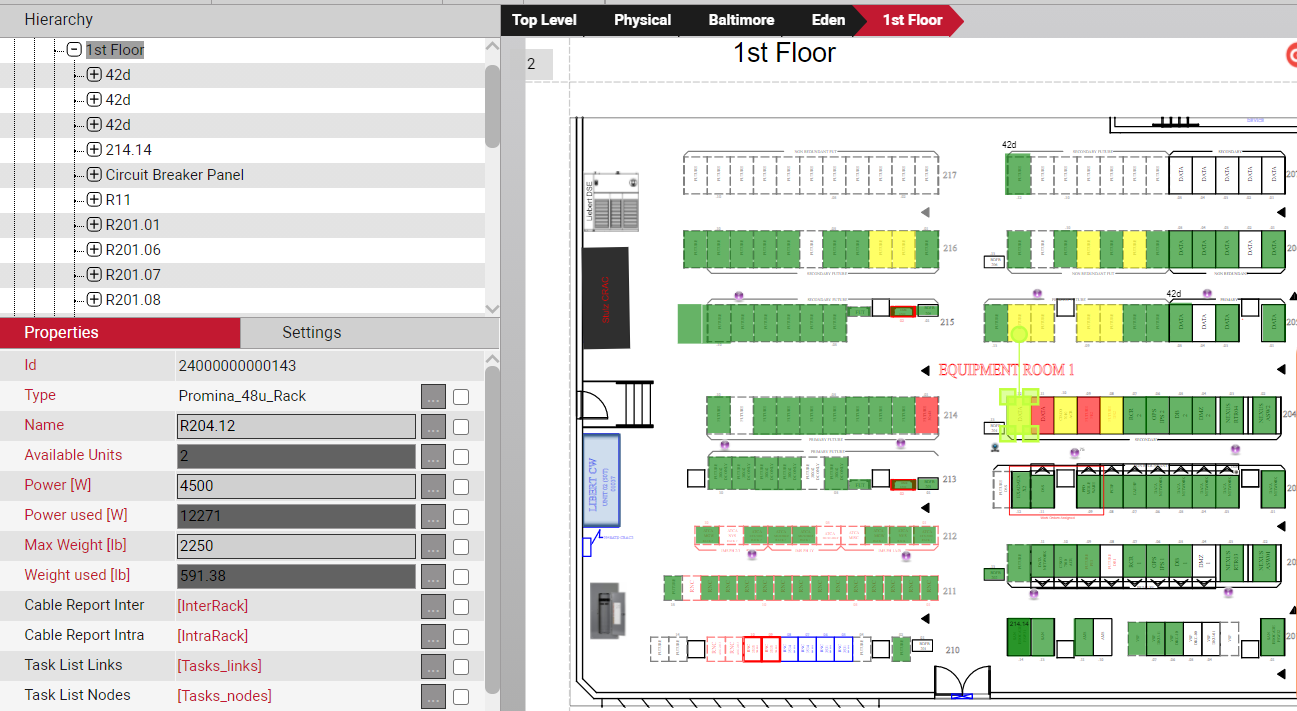
This blog series on finding the right network diagram software will explore some of the important considerations and research to undertake to ensure you find a solution you, your team, and your company is happy with not just today, or next week, but for the long haul. In this, the first blog in this series, we’ll focus on: what type of solution are you looking for?
How do you figure out what kind of solution you need? Well, what kind of pain are you dealing with? Got carpal tunnel pain? Even if your dentist offers all the bells and whistles: a tv you can watch during procedures, gives you hot towels after, sparkling water, and your choice of chapstick, the dentist is the last place you’ll go to solve hand pain. You’ve got to go to the right specialist. The same principle applies to purchasing enterprise grade software for your business.
The bells and whistles and the “let me show you all my features” parade (as we’ve written about in the past) are nice to have…but, when it comes to solving your business’s pain, they are of zero consequence. You need the cure to what is ailing you, above all else. To get the right cure, you’ve got to know exactly what’s keeping you up at night, or, in other words, identify the exact cause of your pain. Do any of the following ring a bell?
1. Is Having Network Data All Over the Place Driving You Nuts?
I talk to people about network documentation all the time as part of my job: most people I talk with have a range of ways through which they’re currently documenting: from everything is in my head, my network guy Bob knows our network and is all in his brain, to spreadsheets and Visio diagrams stored in a shared folder. Some of the more sophisticated solutions I’ve heard was creating a homegrown database that has data about their network and using an existing network monitoring solution, which doesn’t map out the network (it is used to see if a device is up or down), or even a CMDB solution that is used as a help desk tool.
So, how does one keep track of all this disparate data? How easy is it to search for information?
Would having one central solution that can bring in all these different data sets and reconcile it in one place make sense for your network team? The ability to search for information in seconds, how would that help your network engineers to troubleshoot an issue or outage quickly?
2. What’s on the Network?
Ah, network discovery! Do you need to know, “What is on my network today” or do you need more elaborate bandwidth utilization, traffic workflows? What is it exactly you are trying to solve? Having a list of defined requirements would help when shopping for a network discovery tool.
One way to help decipher what’s on your network is to find a network mapping solution. By using SNMP protocols (make sure your devices are SNMP-enabled!), a network mapping solution, like netTerrain, can discover your network devices and its Layer 2 connections, and show the results in a web-based maps, so your network teams can know exactly what’s on my network and how are the network devices connected.
Need more elaborate monitoring and root cause analysis network tools? Network system monitoring tools like NetBrain or Solarwinds Orion can help you.
3. Have Headaches in the Data Center or Outside Plant, too?
Besides having a logical representation of your network, would showing the physical views of your infrastructure (telecom rooms, data center rooms, office floors) help you in your day-to-day activities to track and locate your cabling infrastructure and help manage capacity showing available ports on a per device, rack, and room? If you are also in charge of managing your fiber cabling, do you also need to show fiber connections between buildings?
 Example of netTerrain’s DCIM Module
Example of netTerrain’s DCIM Module
4. Wish You Could Depict Your ServiceNow or Solarwinds Data?
Do you already have tools like Solarwinds or ServiceNow that do network discovery and you just need a better way to visualize your network? Ask your network diagramming vendor if they have commercially available connectors to your applications to import them and create network topology maps?
 Example of netTerrain’s ServiceNow Connector
Example of netTerrain’s ServiceNow Connector
Network mapping not only encompasses what’s on the network and how things are connected: it also plays an important role with troubleshooting, managing capacity, and planning for the future. Review how you are currently documenting your network and what improvements can be made, from gathering all of your information into one central repository, seeing a real-time view of your network through discovery, managing cables in your data centers and/or fiber plant and if you have applications, how useful importing the data would be in managing your network.
Stay tuned for our next blog in this series, and, in the meantime, if you’d like to test drive netTerrain, click here.